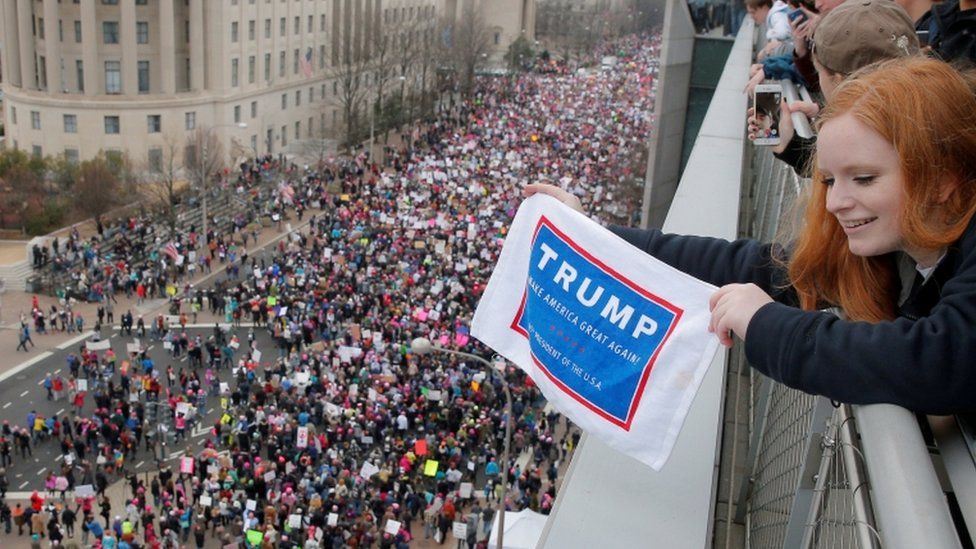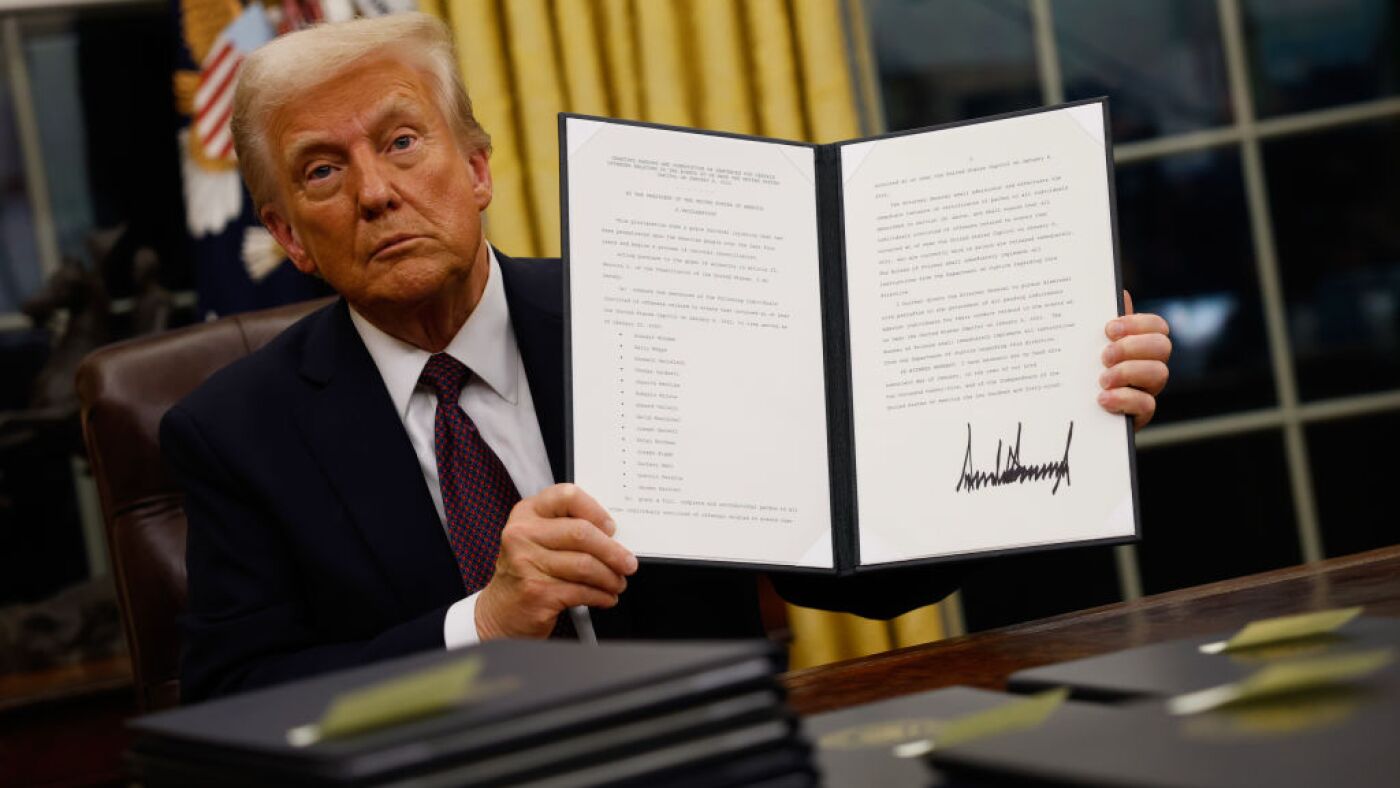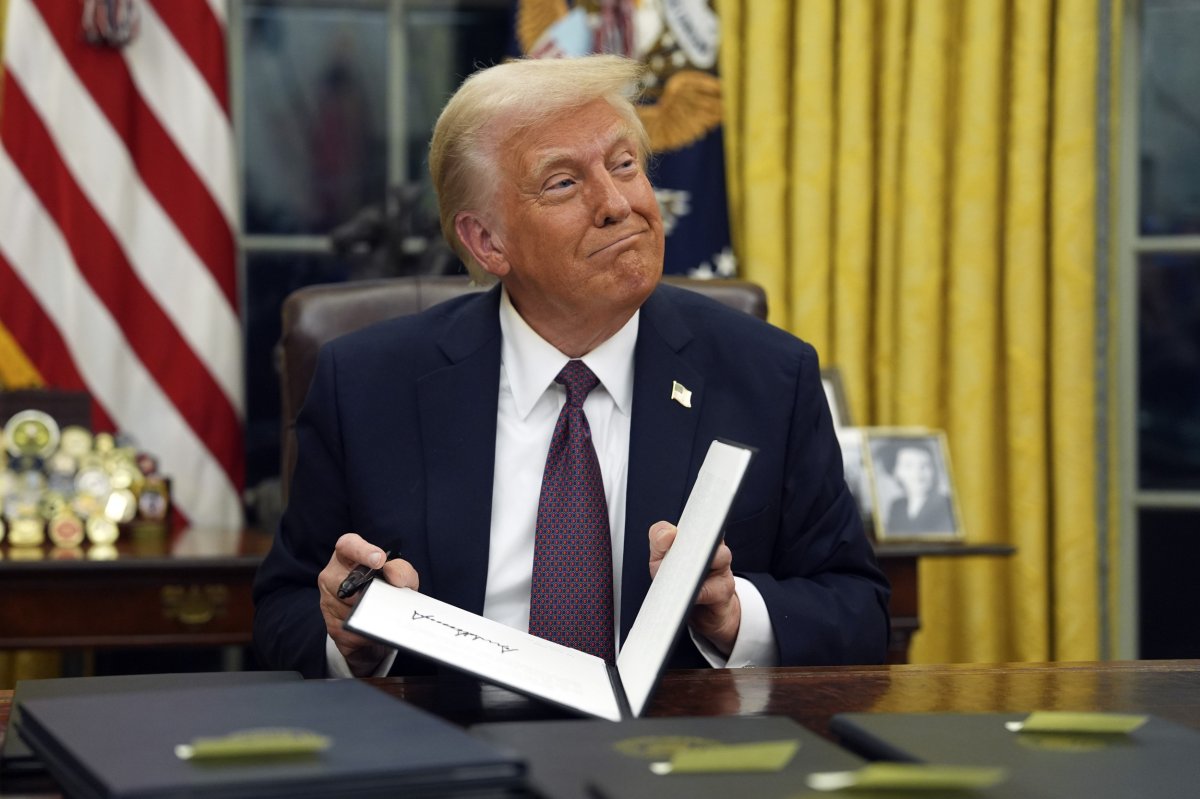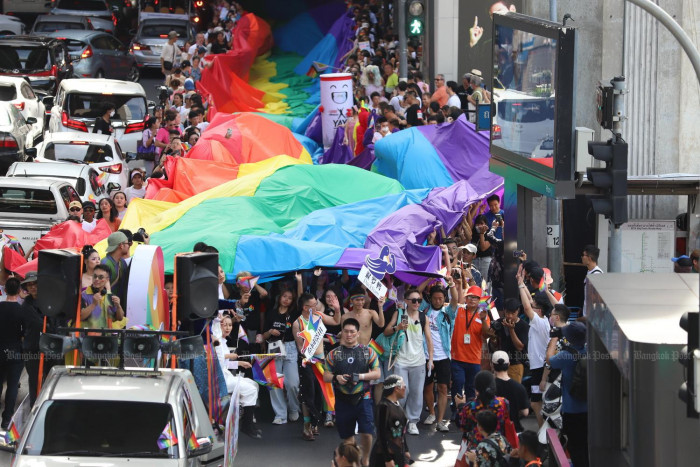Hear From Protesters: Anti-Trump Rallies Across The US

Table of Contents
Key Issues Fueling Anti-Trump Rallies
The Anti-Trump rallies were not monolithic; they were fueled by a convergence of deeply felt concerns. Three major themes consistently emerged: economic inequality, social justice issues, and environmental concerns.
Economic Inequality and Policies
Many protesters voiced strong opposition to the Trump administration's economic policies, arguing that they exacerbated existing inequalities.
- Tax cuts: The 2017 tax cuts, while lauded by some as stimulating economic growth, were criticized by many protesters for disproportionately benefiting the wealthy and corporations, while offering little relief to the working class and middle class. This led to chants of "Tax the rich!" at numerous rallies.
- Deregulation: The rollback of environmental and financial regulations was another major point of contention. Protesters argued that these actions threatened workers' rights, environmental protection, and consumer safety. Statistics showing increased pollution and job losses in certain sectors fueled this anger.
- Impact on specific groups: Women, minorities, and the working class felt particularly targeted by these policies. For example, the cuts to social programs disproportionately impacted vulnerable communities, leading to increased participation from these groups in anti-Trump protests.
Social Justice Concerns
A significant portion of the Anti-Trump rallies centered on social justice issues.
- Immigration: The administration's hardline immigration policies, including the controversial "zero tolerance" policy at the border leading to family separations, sparked widespread outrage and fueled massive protests nationwide. The separation of families became a potent symbol of injustice, galvanizing millions.
- Racial Justice: Incidents of police brutality and perceived racial bias within the administration led to numerous protests organized by Black Lives Matter and other civil rights groups.
- LGBTQ+ Rights: Concerns about the erosion of LGBTQ+ rights and protections under the Trump administration contributed significantly to the protest movement. The repeal of anti-discrimination protections and the appointment of conservative judges to federal courts were major rallying points.
- Reproductive Rights: The appointment of conservative Supreme Court justices and the administration's stance on abortion access fueled significant protests, especially among women's rights organizations and activists.
Environmental Concerns
Environmental protection emerged as another crucial driver of Anti-Trump rallies.
- Withdrawal from the Paris Agreement: The decision to withdraw the US from the Paris Agreement on climate change sparked widespread condemnation and large-scale demonstrations across the country. Scientists and environmental activists highlighted the potential consequences of this decision.
- Relaxation of environmental regulations: The loosening of environmental regulations on pollution and resource extraction further fueled the anger of environmental activists and concerned citizens.
Geographical Distribution of Anti-Trump Rallies
Anti-Trump protests were not confined to a single region; they erupted across the United States. Major cities such as New York, Los Angeles, Chicago, Washington D.C., and San Francisco witnessed some of the largest rallies. However, protests also took place in smaller towns and cities across the country, demonstrating a widespread opposition to the Trump administration's policies. (Include a map here, if possible, showing the concentration of protests across different states.) This broad geographical distribution underscores the national reach of the opposition.
Diversity of Protesters and their Motivations
The Anti-Trump rallies attracted a remarkably diverse group of participants. Protesters spanned a wide range of ages, ethnicities, political affiliations, and socio-economic backgrounds. Their motivations were as varied as their backgrounds, but a common thread was a deep concern about the direction of the country under Trump's leadership. Quotes from protesters, gathered from various sources, reveal the depth and breadth of these concerns. (Include impactful quotes here illustrating the diversity of motivations.) The sheer diversity of the protesters illustrated the broad-based nature of the opposition.
The Impact and Legacy of Anti-Trump Rallies
The Anti-Trump rallies had a significant impact on public discourse, media coverage, and political movements. The protests helped to frame the narrative around key issues, raise awareness of critical concerns, and mobilize voters. While their direct impact on policy is debatable, the rallies undeniably contributed to a heightened sense of political engagement and activism. The long-term effects are still unfolding, but these protests undoubtedly left a mark on the political landscape, contributing to the rise of progressive activism and shaping the ongoing conversation about social justice, economic inequality, and environmental protection.
The Enduring Power of Anti-Trump Rallies
In conclusion, the Anti-Trump rallies demonstrated a powerful and diverse opposition to the Trump administration's policies and actions. The protests were fueled by a convergence of critical concerns, from economic inequality and social justice issues to environmental protection. The widespread geographic distribution and the diversity of participants highlight the broad-based nature of the opposition. Understanding the motivations behind these Anti-Trump rallies is crucial for comprehending the ongoing political and social landscape. Learn more about these crucial movements and how you can get involved in future political activism, continuing the fight for social justice and positive change.

Featured Posts
-
 William Contreras Expectations And Reality In Milwaukee
Apr 23, 2025
William Contreras Expectations And Reality In Milwaukee
Apr 23, 2025 -
 Vacances Scolaires 2025 Wallonie Bruxelles Preparation Et Organisation
Apr 23, 2025
Vacances Scolaires 2025 Wallonie Bruxelles Preparation Et Organisation
Apr 23, 2025 -
 Jadwal Tayang Program Tv Ramadan 2025 Temani Buka Puasa Dan Sahur Anda
Apr 23, 2025
Jadwal Tayang Program Tv Ramadan 2025 Temani Buka Puasa Dan Sahur Anda
Apr 23, 2025 -
 Aaron Judges Historic Night 3 Home Runs Power Yankees Record Setting Game
Apr 23, 2025
Aaron Judges Historic Night 3 Home Runs Power Yankees Record Setting Game
Apr 23, 2025 -
 La Fires Fuel Landlord Price Gouging Claims A Selling Sunset Star Speaks Out
Apr 23, 2025
La Fires Fuel Landlord Price Gouging Claims A Selling Sunset Star Speaks Out
Apr 23, 2025
Latest Posts
-
 Sharing Your Story The Impact Of Trumps Executive Orders On Transgender Lives
May 10, 2025
Sharing Your Story The Impact Of Trumps Executive Orders On Transgender Lives
May 10, 2025 -
 Bangkok Post Analysis Of The Growing Demand For Transgender Rights
May 10, 2025
Bangkok Post Analysis Of The Growing Demand For Transgender Rights
May 10, 2025 -
 How Trumps Executive Orders Affected The Transgender Community A Personal Account
May 10, 2025
How Trumps Executive Orders Affected The Transgender Community A Personal Account
May 10, 2025 -
 Examining Transgender Equality Issues As Reported By The Bangkok Post
May 10, 2025
Examining Transgender Equality Issues As Reported By The Bangkok Post
May 10, 2025 -
 Indiana High School Athletic Association Bans Transgender Athletes The Trump Orders Effect
May 10, 2025
Indiana High School Athletic Association Bans Transgender Athletes The Trump Orders Effect
May 10, 2025
